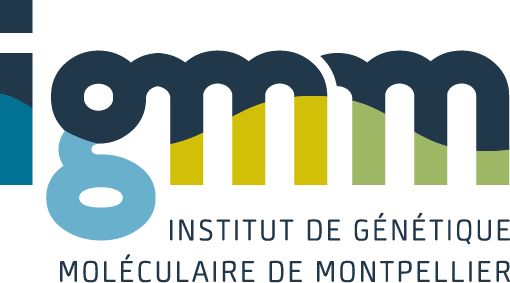The ETS (E26) protein Elk-1 serves as a paradigm for mitogen-responsive transcription factors. It is multiply phosphorylated by mitogen-activated protein kinases (MAPKs), which it recruits into pre-initiation complexes on target gene promoters. However, events preparatory to Elk-1 phosphorylation are less well understood. Here, we identify two novel, functional elements in Elk-1 that determine its stability and nuclear accumulation. One element corresponds to a dimerization interface in the ETS domain and the second is a cryptic degron adjacent to the serum response factor (SRF)-interaction domain that marks dimerization-defective Elk-1 for rapid degradation by the ubiquitin-proteasome system. Dimerization appears to be crucial for Elk-1 stability only in the cytoplasm, as latent Elk-1 accumulates in the nucleus and interacts dynamically with DNA as a monomer. These findings define a novel role for the ETS domain of Elk-1 and demonstrate that nuclear accumulation of Elk-1 involves conformational flexibility prior to its phosphorylation by MAPKs.
Dimer formation and conformational flexibility ensure cytoplasmic stability and nuclear accumulation of Elk-1
Evans, E. L.; Saxton, J.; Shelton, S. J.; Begitt, A.; Holliday, N. D.; Hipskind, R. A.; Shaw, P. E.
2011
Nucleic Acids Res
2011-05-04 / vol 39 / pages 6390-402
Abstract
gkr266 [pii] 10.1093/nar/gkr266
1362-4962 (Electronic) 0305-1048 (Linking)
